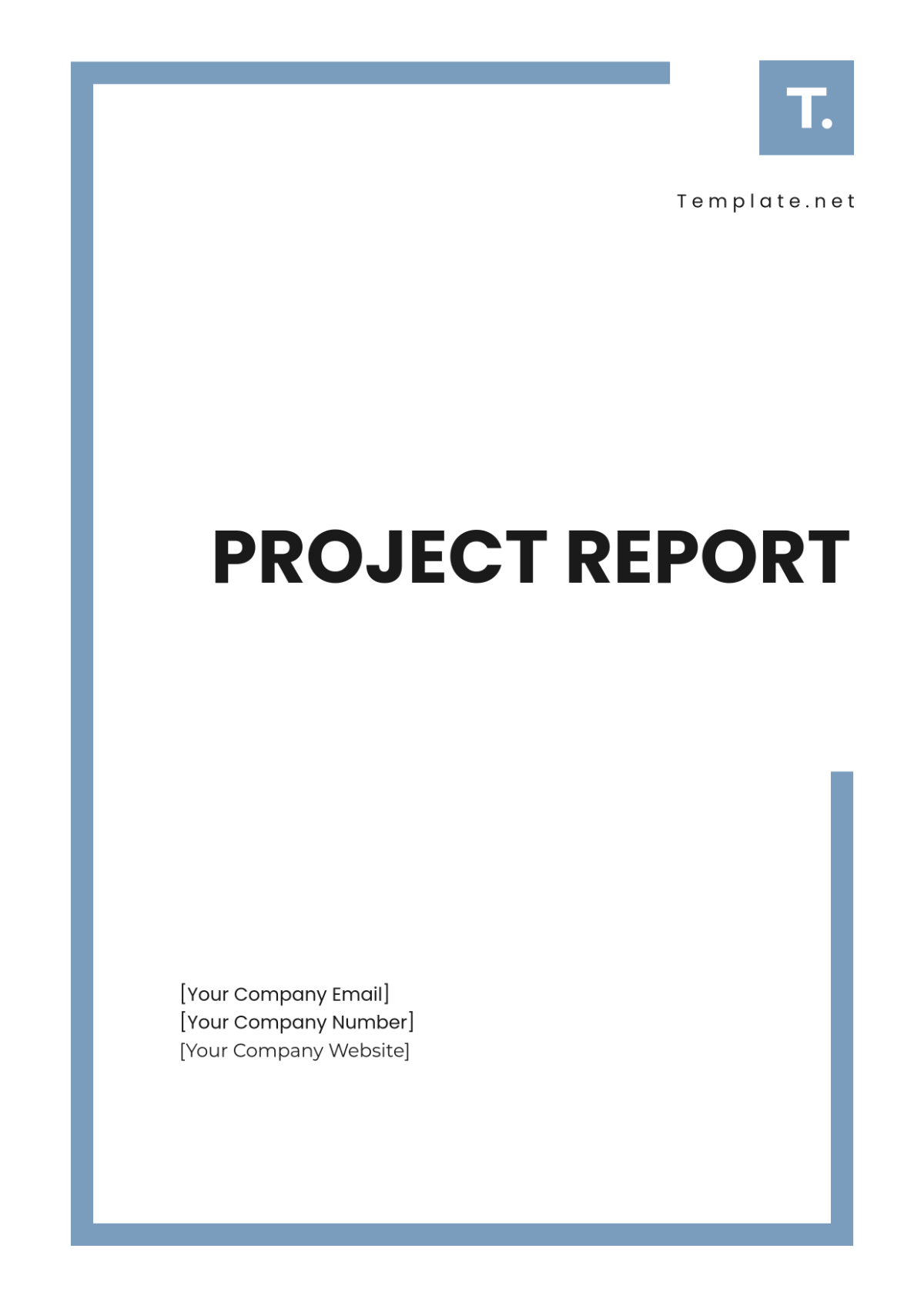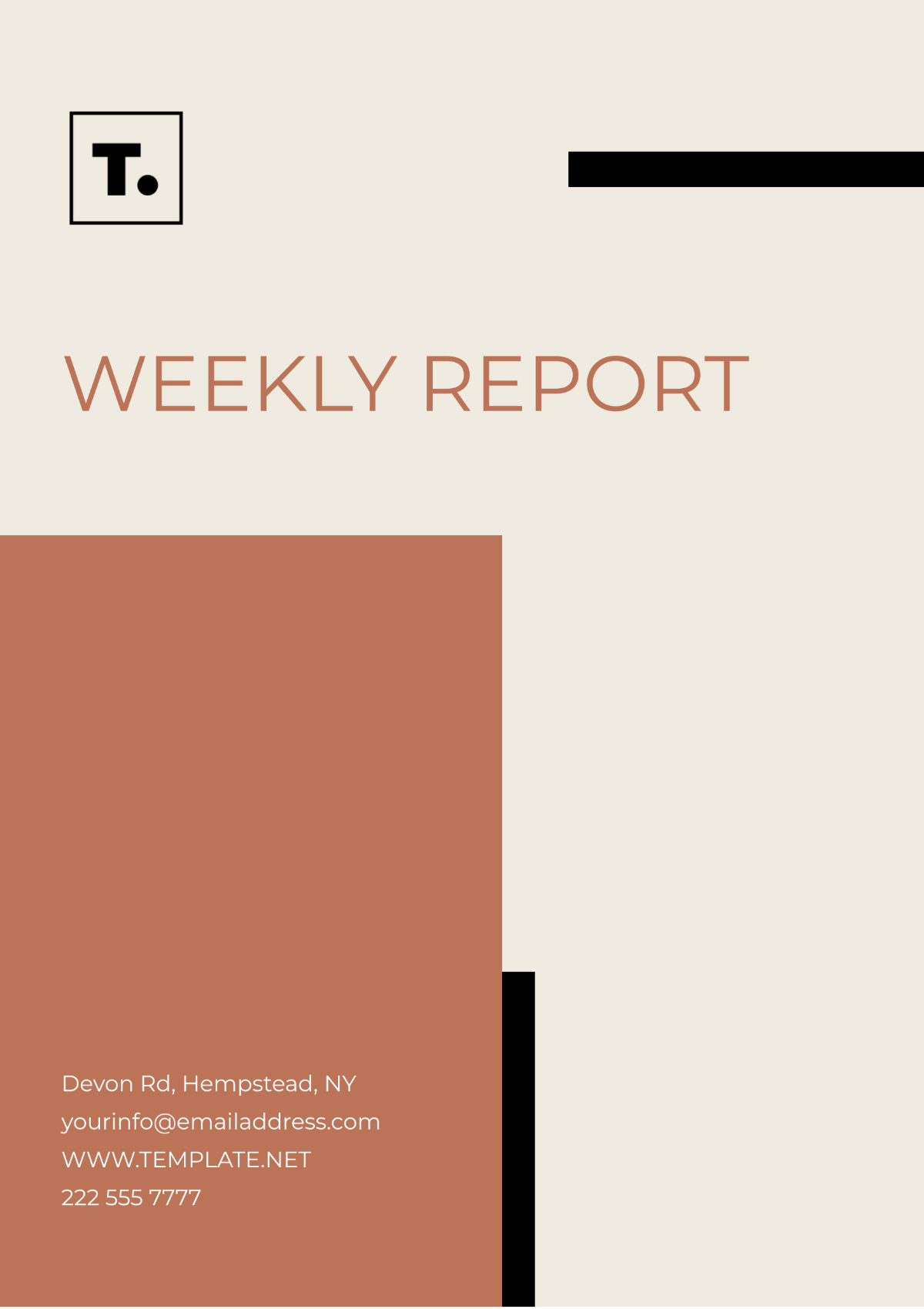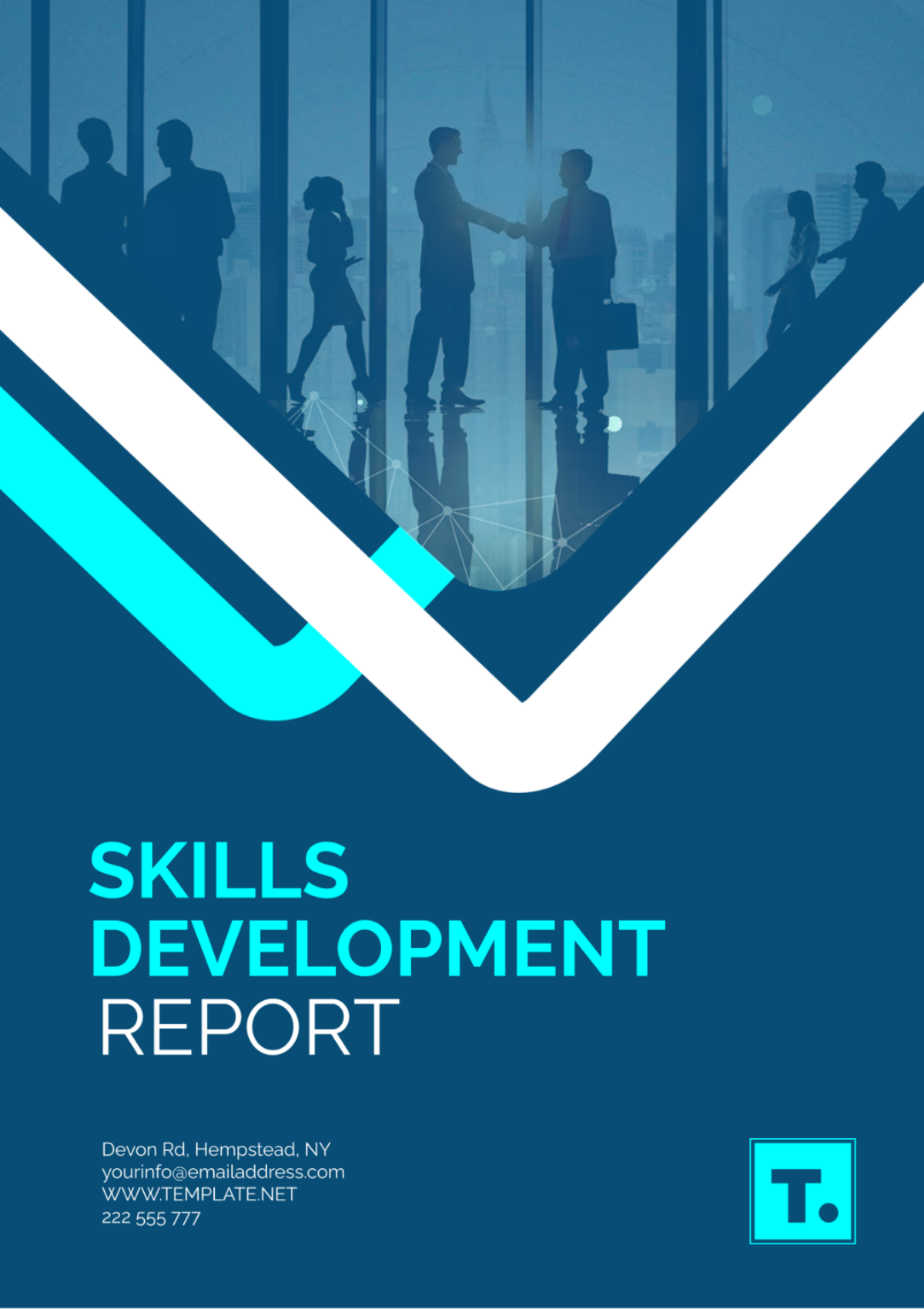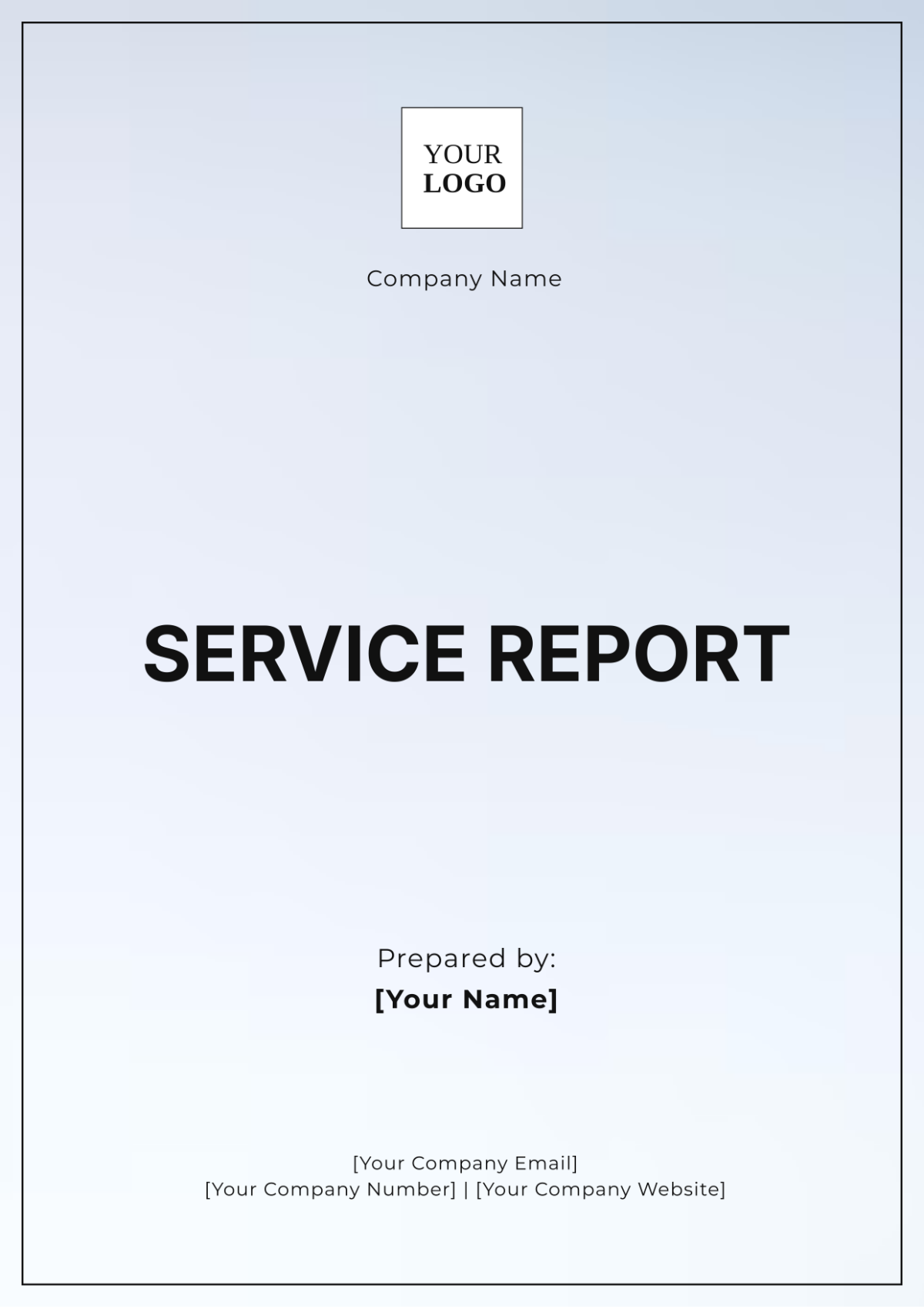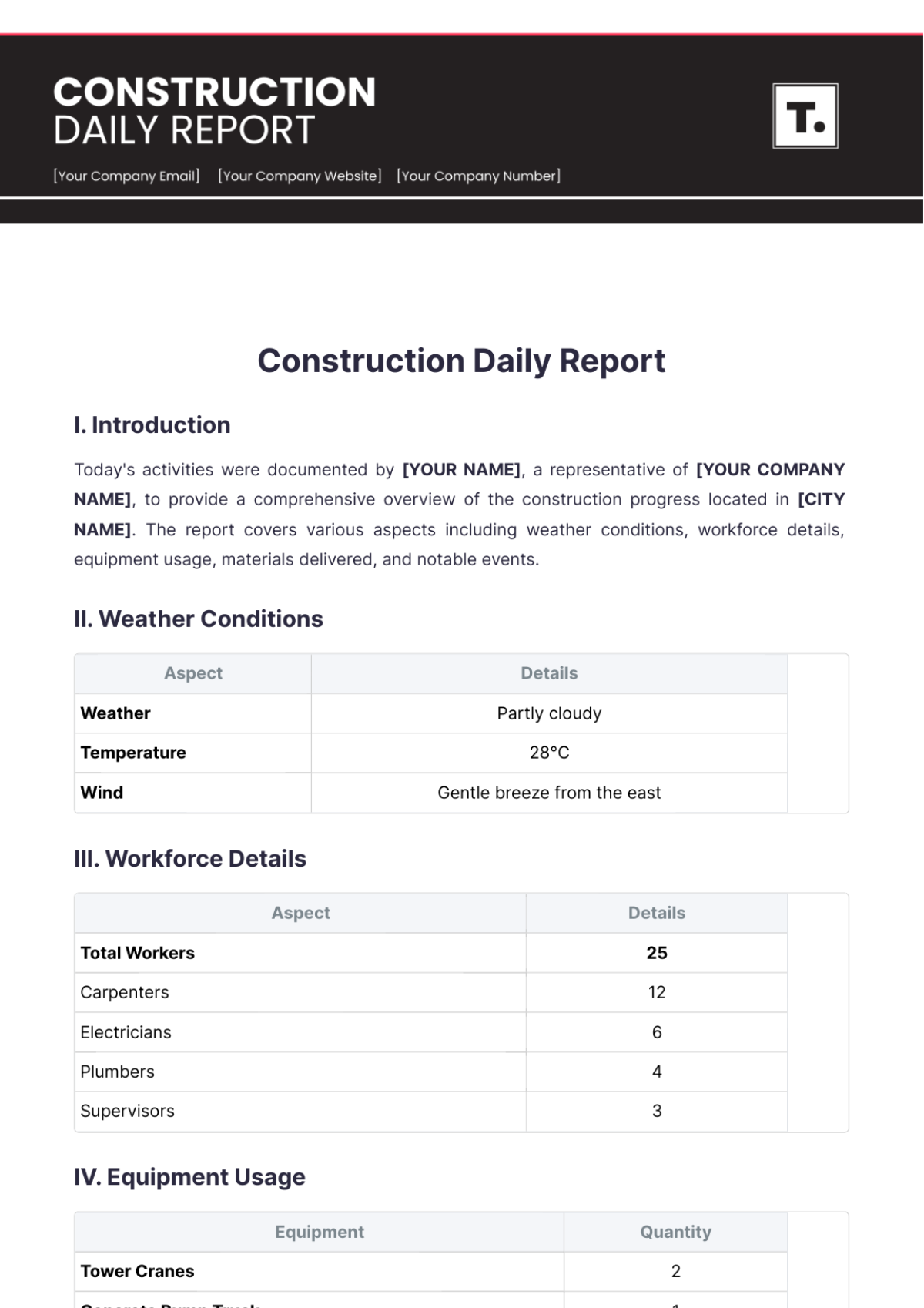Management Report for the Board
Prepared by: [YOUR NAME]
[YOUR COMPANY NAME]
Date: October 15, 2061
1. Executive Summary
This report presents a comprehensive overview of the company’s performance over the third quarter of 2061. Despite economic headwinds, [YOUR COMPANY NAME] demonstrated resilience and continued to make strategic progress. The company achieved significant milestones in product innovation and market expansion, though some challenges persist in supply chain management and regulatory compliance.
KEY ACHIEVEMENTS: Launched two new AI-powered products ahead of schedule, entered two new international markets, and achieved a 12% increase in year-over-year revenue.
KEY CHALLENGES: Rising operational costs due to supply chain disruptions and increasing regulatory compliance burdens in the Southeast Asian market.
STRATEGIC PRIORITIES: Focus on improving supply chain resilience and advancing digital transformation initiatives in customer experience.
2. Business Performance Overview
2.1 Financial Performance
REVENUE: Total revenue for Q3 2061 was $1.25 billion, representing a 12% increase compared to Q3 2060 ($1.12 billion). Growth was primarily driven by the successful launch of two AI-driven products in the smart home sector.
PROFITABILITY: Net profit for Q3 2061 was $245 million, an 8% increase from Q3 2060, though gross margins slightly compressed due to higher raw material costs.
COST MANAGEMENT: Operational expenses increased by 5%, primarily due to logistics and supply chain costs. Mitigating strategies, such as local sourcing and new automation processes, are being implemented.
2.2 Operational Performance
PRODUCTIVITY: Manufacturing efficiency improved by 7% following the integration of new automated assembly lines. However, supplier delays resulted in a temporary 10% reduction in output for the automotive division.
CUSTOMER SATISFACTION: The latest Net Promoter Score (NPS) is 72, up from 68 in the previous quarter, indicating a positive trend in customer loyalty and satisfaction.
SUPPLY CHAIN: Supply chain disruptions due to geopolitical tensions in Southeast Asia resulted in delays for key components. Efforts to diversify suppliers are ongoing and expected to yield results by early 2062.
3. Key Strategic Initiatives
Project 1: Global Expansion Initiative
Progress since last report: Successfully launched operations in Brazil and India, securing $50 million in new revenue streams.
Expected timeline for completion: Full market penetration in both countries by Q4 2062.
Project 2: AI Integration in Product Lines
Progress since last report: Completed AI integration in 60% of the product portfolio, including smart home appliances and wearables.
Expected timeline for completion: Full integration across all product lines by Q2 2062.
4. Risk Management
Risk 1: Supply Chain Vulnerability
Impact on business: Delays in key components could result in longer lead times and reduced product availability, potentially affecting customer satisfaction and revenue.
Mitigation strategy: Diversifying suppliers across Europe and North America, implementing predictive analytics to forecast and mitigate future disruptions.
Risk 2: Regulatory Compliance in Southeast Asia
Impact on business: New data privacy regulations in Southeast Asia could increase compliance costs and limit market access.
Mitigation strategy: Partnering with local legal experts to ensure compliance, investing in cybersecurity measures to protect customer data.
5. Human Resources Overview
RECRUITMENT: Hired 300 new employees in R&D and customer support to accommodate growth, with a focus on AI and data science talent.
EMPLOYEE ENGAGEMENT: Employee engagement score rose to 85%, reflecting successful internal initiatives such as flexible working arrangements and mental health support programs.
TRAINING & DEVELOPMENT: Invested $3.5 million in leadership development and AI training programs to prepare the workforce for future technological advancements.
6. Regulatory and Compliance Update
Regulatory Change 1: Data Privacy Laws in Southeast Asia
Impact on the business: Compliance with new regulations will increase costs by an estimated 4%, requiring updates to data management systems and customer agreements.
Regulatory Change 2: Environmental Standards in the EU
Steps taken to comply: Implemented eco-friendly manufacturing processes, reducing carbon emissions by 20%, in line with new EU sustainability standards effective January 2062.
7. Future Outlook and Strategic Priorities
SHORT-TERM GOALS: Improve supply chain resilience and continue AI integration in product lines. Strengthen presence in emerging markets like India and Brazil.
LONG-TERM GOALS: Achieve 20% market share in the global smart home market by 2065. Invest in new sustainable technologies and diversify the product portfolio into healthcare and green energy.
MARKET TRENDS: Continued growth in AI and automation is expected to dominate market dynamics. Sustainability and data security will be critical factors influencing customer choice and regulatory landscapes.
8. Recommendations for the Board
RECOMMENDATION 1: Approve a $50 million investment in a new supplier diversification program to mitigate future supply chain risks.
RECOMMENDATION 2: Authorize the expansion of R&D resources to accelerate AI integration in healthcare products, with an additional $30 million funding for Q1 2062.
9. Conclusion
In summary, despite facing challenges in the global supply chain and regulatory environments, [YOUR COMPANY NAME] continues to make significant strides in both innovation and market expansion. The future outlook remains positive, with continued focus on resilience, AI-driven growth, and strategic global positioning.
Attachments
Financial Statements – Q3 2061
Key Performance Indicators Dashboard
Supply Chain Risk Mitigation Plan

